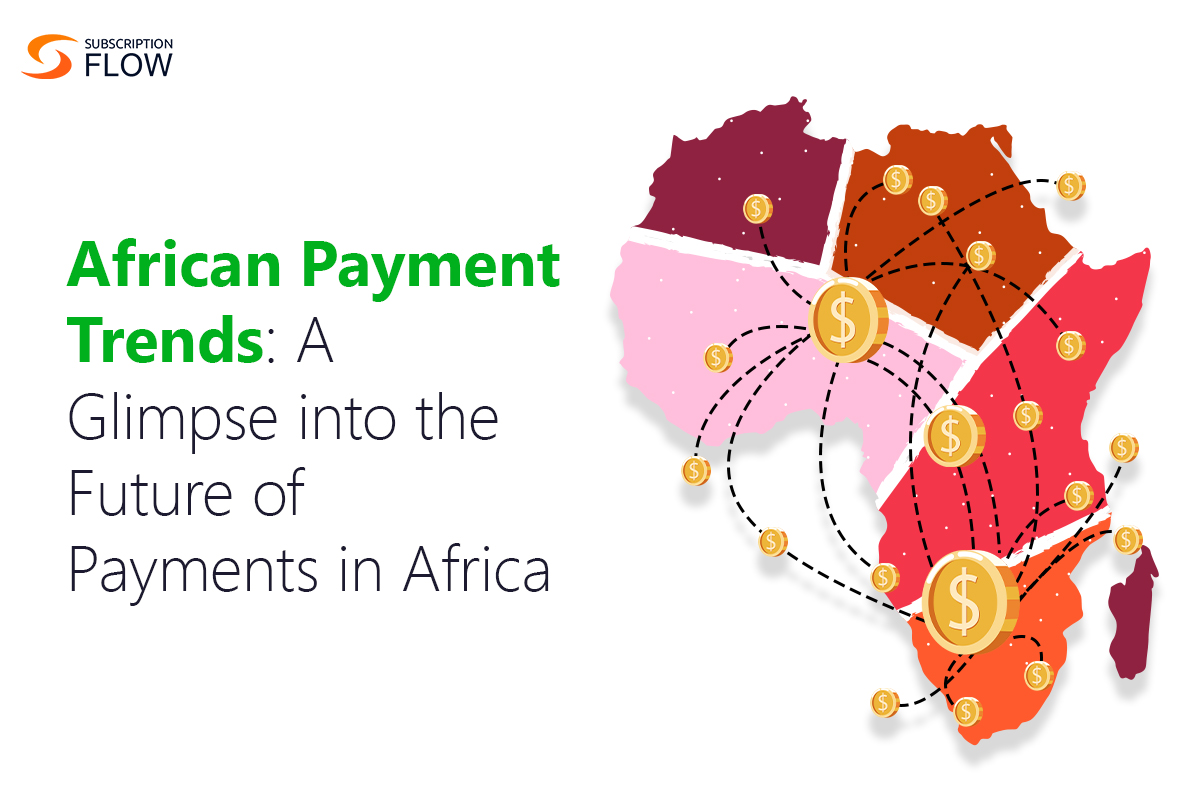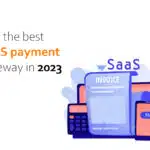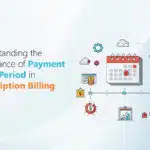
African Payment Trends: A Glimpse into the Future of Payments in Africa
The online consumer market in Africa is ripe with potential and growing aggressively. This growth is facilitated by several factors which include, but are not limited to:
● The African population being one of the youngest and largest in the world
● Increased internet penetration, particularly the use of smartphone devices, and,
● The increased attention from FinTechs and PSPs.
African payment trends, however, differ significantly from those in other markets, owing to some of Africa’s unique challenges and differences.
To give one trite example, credit cards are one of the most standard online payment options offered all over the world, but their use in Africa is still quite uncommon. Therefore, to power payments in this region it is essential to enable alternative payment methods, such as mobile money, that cater to this market more appropriately.
Given its unique needs, the African market is becoming a hotspot for innovation and transformation in the payments industry, also resulting in many regulatory changes. And the African payments sector is expected to play a pivotal role in shaping the future of finance on the continent and growth and prosperity for the region.
In this blog post, we will take a look at the current focus of the African payments industry. And then take a closer look at five key African payment trends expected to stay relevant in coming years.
The Current Focus of Payments in Africa
Despite the fact that offline payments still dominate in Africa at large. Electronic payments have been on the rise in this region as well.
This trend started in the early 2000s both in Africa and in the world over, but was significantly boosted by the dramatic shifts caused by the COVID-19 pandemic.
In 2020, Africa’s e-payments industry generated approximately $24 billion in revenue with $15 billion from domestic digital payments. To take a glimpse into the future, McKinsey estimates a more than 30% compound annual growth rate (CAGR) for online payments, implying revenue from online payments is forecasted to quadruple between 2020 and 2025.
Since the rapid shift towards digital payments has been the most prominent focus of payments in Africa, the next 5 trends explore the microcosm of this digital payments space in more detail.
5 Prominent African Payment Trends in 2023
1. Paying Through QR codes
QR code payments have emerged as a practical and contactless payment solution. Since the COVID-19 pandemic where they became very relevant, their popularity hasn’t dwindled in post-pandemic times either due to their ease-of-use.
Africa is witnessing a fast growing adoption of QR code technology, driven by payment industry giants such as SnapScan and Snap to Pay. This is because QR code payments consistently perform well in the global south in general while dealing with less technical demographics that need accessible solutions.
With the growing use of mobile phones and an increasing interest in going cashless, it is expected that a significant number of merchants and consumers will embrace QR code payments in the coming years as well.
2. AI-Powered Security Protocols
Africa is home to five of ten countries that are most affected by online fraud. These fraud concerns, both real and imagined, put a cap on the performance of digital payments in this market.
Preventing the real risks pertaining to data theft and helping a distrusting population embrace online payments is essential to reap the full potential of digital payments. In response to this, many African jurisdictions have made payment security a top priority in 2023.
Read More: Unlocking Success: Solutions to Challenges of eCommerce Startups in South Africa
Artificial intelligence (AI)-based security solutions are expected to witness increased adoption due to their effectiveness in preventing and combating fraudulent activities. AI can analyze vast amounts of data in real-time to detect unusual patterns and protect both businesses and consumers from cyber threats. Many payment gateways operating in the region are increasingly adopting these measures.
3. Embedded Finance for Unbanked Segments
The African continent has a much larger unbanked audience compared to some more mature markets. This creates a revenue leak if the only patent options available are for a banked segment of the population. Embedded finance is a great work around for this.
This involves integration of financial services into non-financial apps and platforms. An example may be cards and wallets associated with nonfinancial institutions such as coffee shop 1-click payments and department store cards that can be filled.
Consumer demand for integrated financial services within everyday apps is expected to drive the growth of embedded finance across the region. Unlike in the developed world, where embedded finance evolved gradually, Africa’s significant unbanked population and rising smartphone penetration create a fertile ground for rapid adoption.
4. Super Apps
Africa’s smartphone market is characterized by a high percentage of low-end devices, leading users to seek ways to optimize storage and bandwidth.
Super apps, which offer a wide range of functionalities within a single interface, are gaining popularity. In 2023, we can expect service providers to incorporate features such as loan applications, bill payments, and e-commerce into their super apps, making them even more indispensable for users.
5. Merchant of Record
In 2023, the market for payment orchestration has grown significantly in Africa. This is because the African payments landscape is diverse and fragmented, with numerous payment platforms catering to various business and consumer needs. To navigate this complexity, companies are increasingly turning to payment orchestration services.
This includes an increase in use of SaaS tools acting as a merchant of record such as SubscriptionFlow that can collect payments through multiple payment gateway integrations and keep your entire payments flow streamlined including checkout orchestration, gateway integration, invoicing, taxation and reporting.
Read More: How to Collect Recurring Payments in South Africa? (Shopify PayStack Integration)
These services are expected to play a crucial role in streamlining payment processes and enabling businesses to work seamlessly with multiple payment partners.
The Future of Payments in Africa
The African payments ecosystem is evolving rapidly, with a clear focus on digitization, improved interoperability, and advanced security measures. While challenges such as a high percentage of unbanked populations and connectivity issues persist, the region is making remarkable progress and things are looking up. Africa offers significant untapped potential, attracting both local and international investors.
With an influx of capital, continuous innovation, and supportive regulatory environments, Africa is poised to enter a new era of frictionless domestic and cross-border transactions, along with advanced payment solutions.
Conclusion
The African payments industry is at the forefront of global financial innovation. As we witness the continued growth of electronic payments, the adoption of QR code payments, the rise of embedded finance and super apps, the emergence of payment orchestration services, and the implementation of AI-based security solutions, Africa’s payments landscape is set for a transformative journey.
While challenges remain, the continent’s potential for growth and innovation in the payments sector is undeniable, making it an exciting and dynamic space to watch in the years to come. Africa is well on its way to achieving a future of frictionless, secure, and technologically advanced payment solutions.










